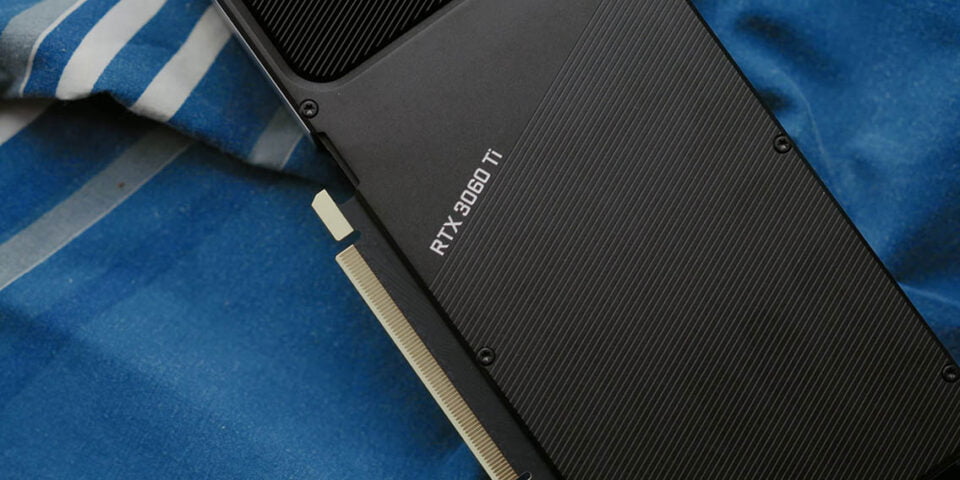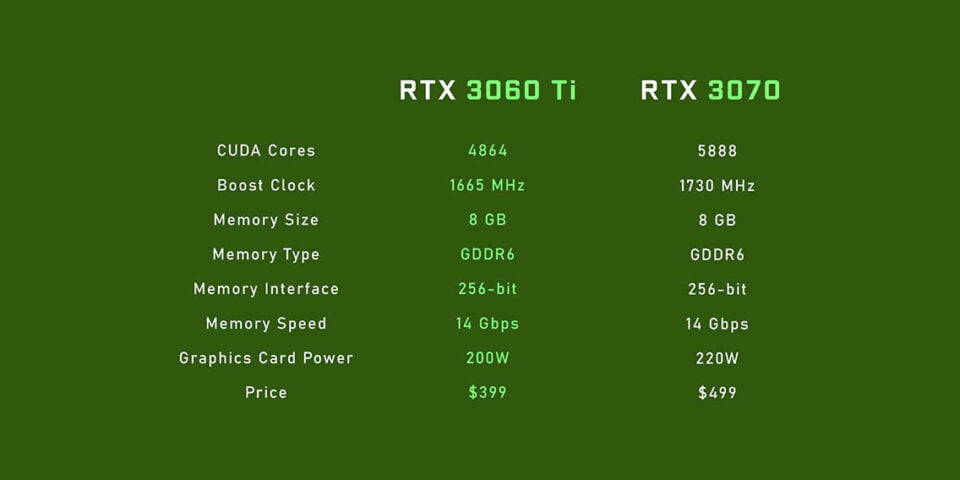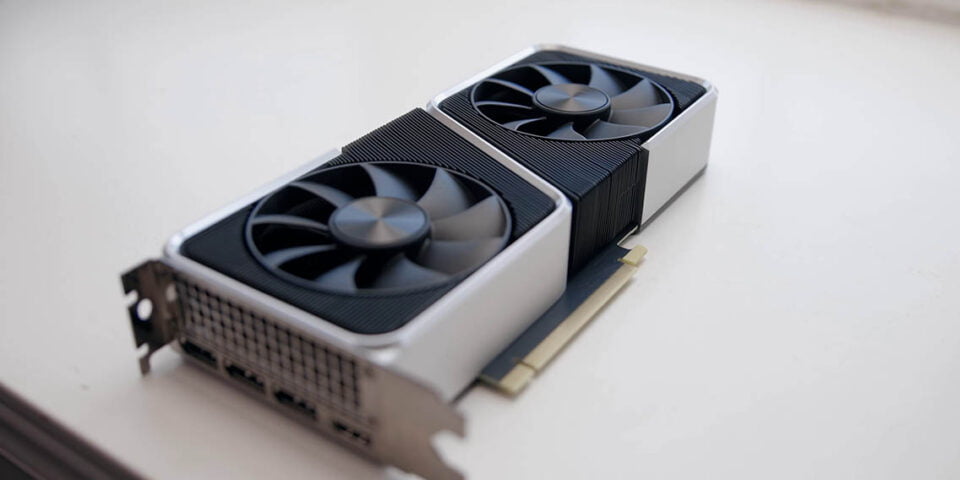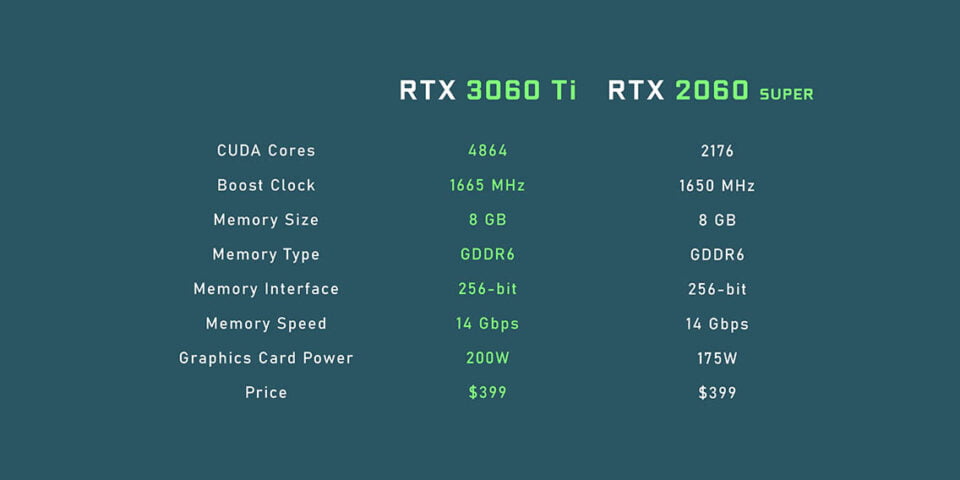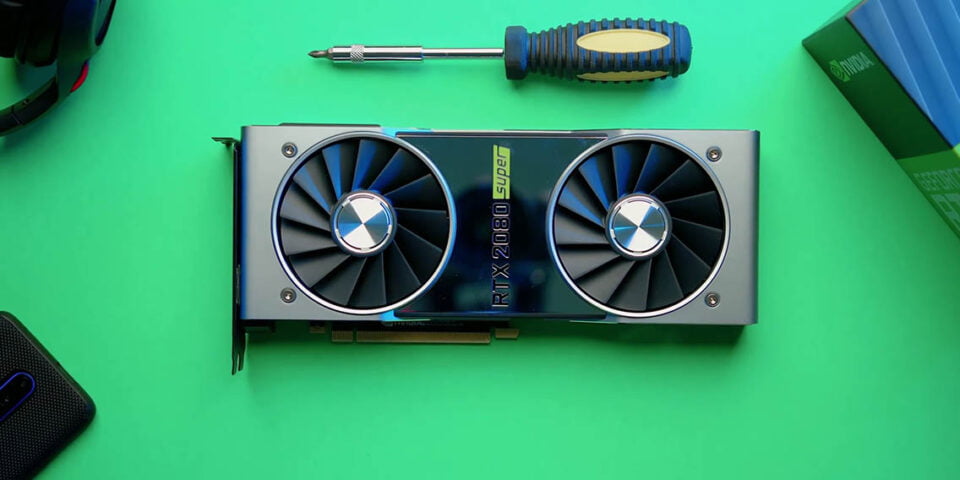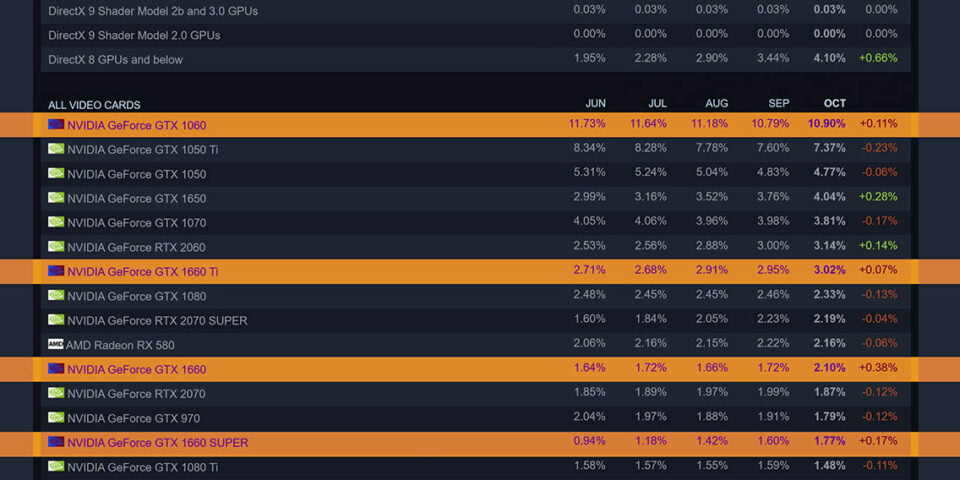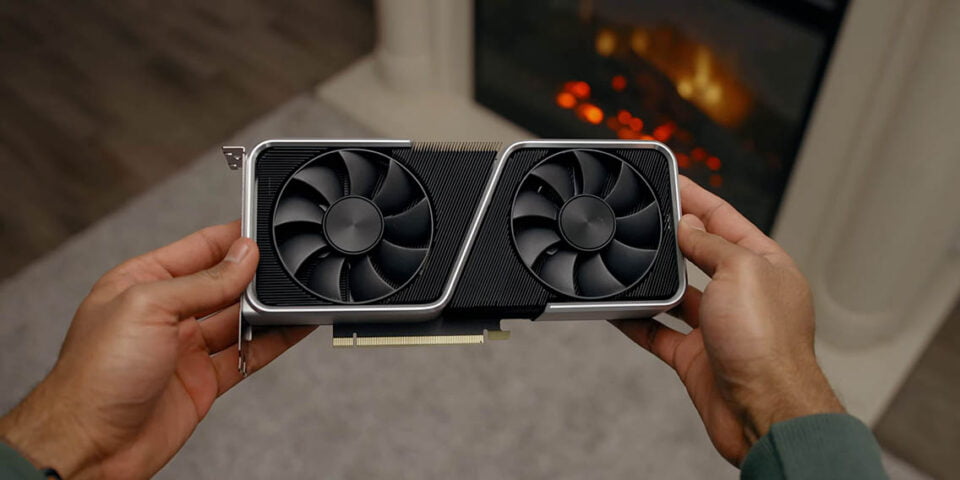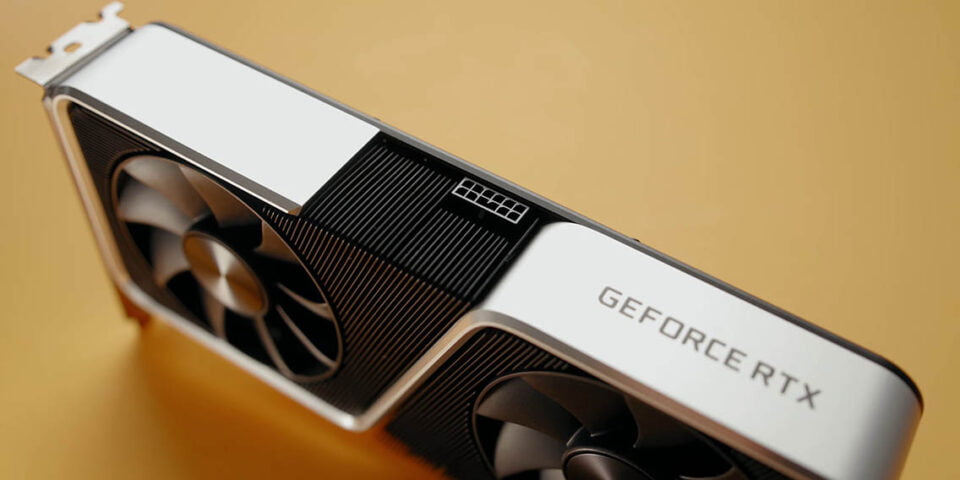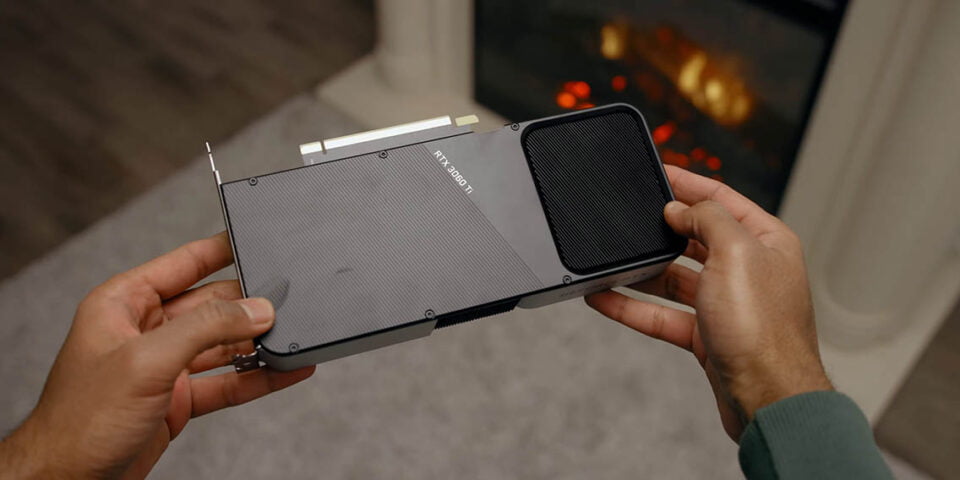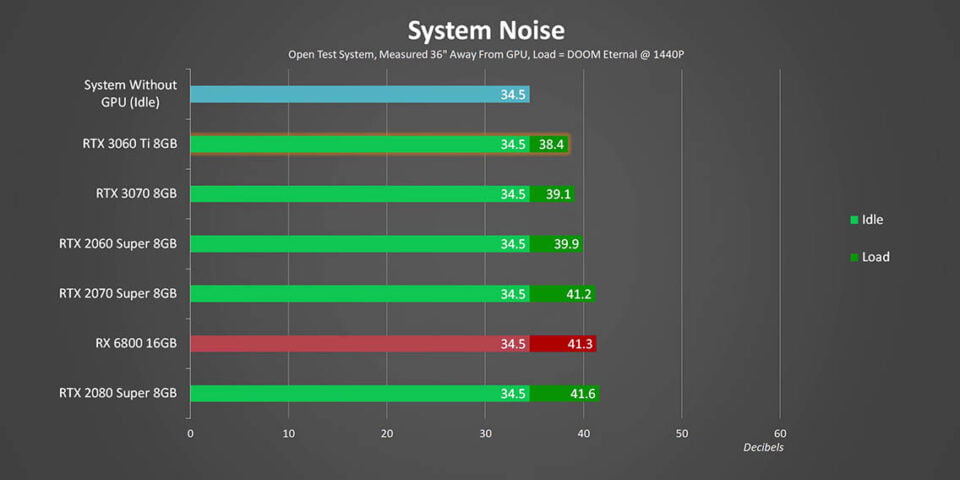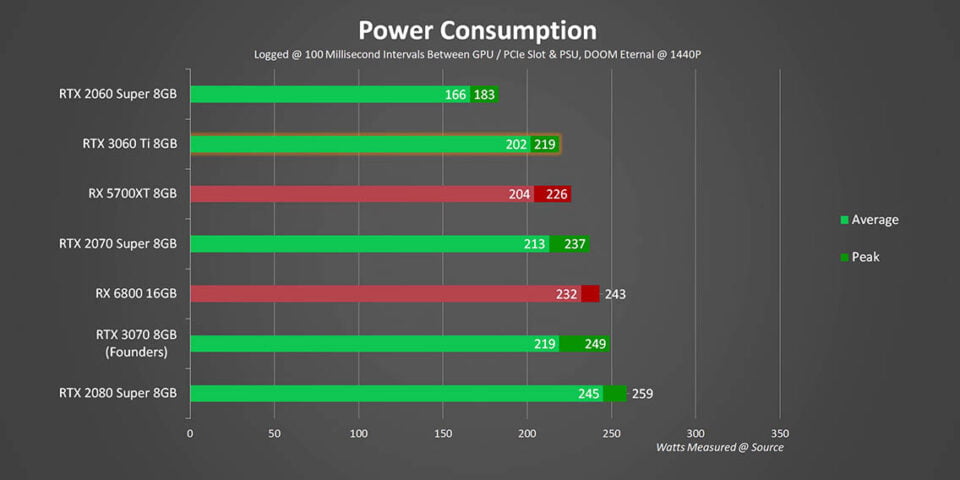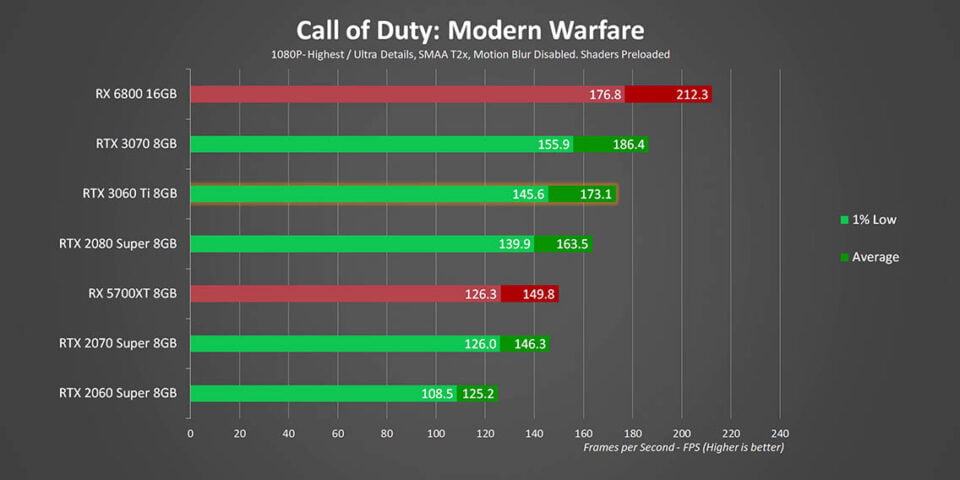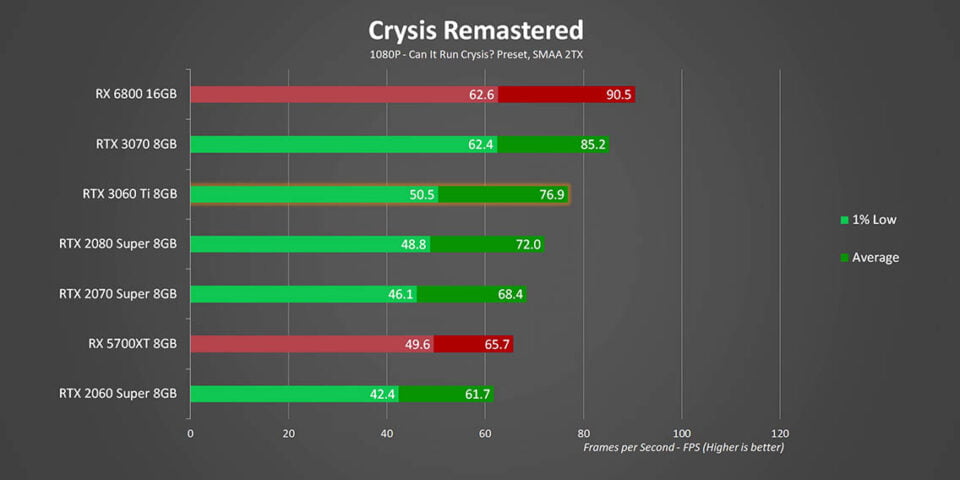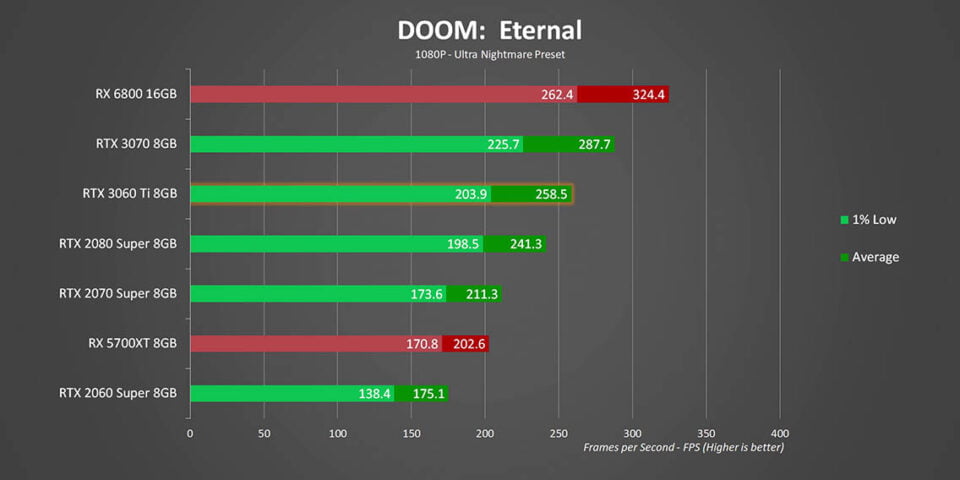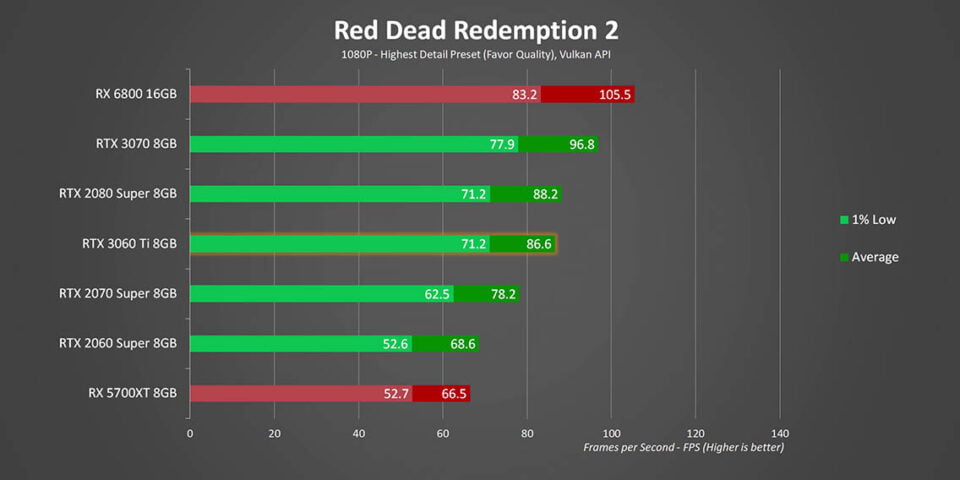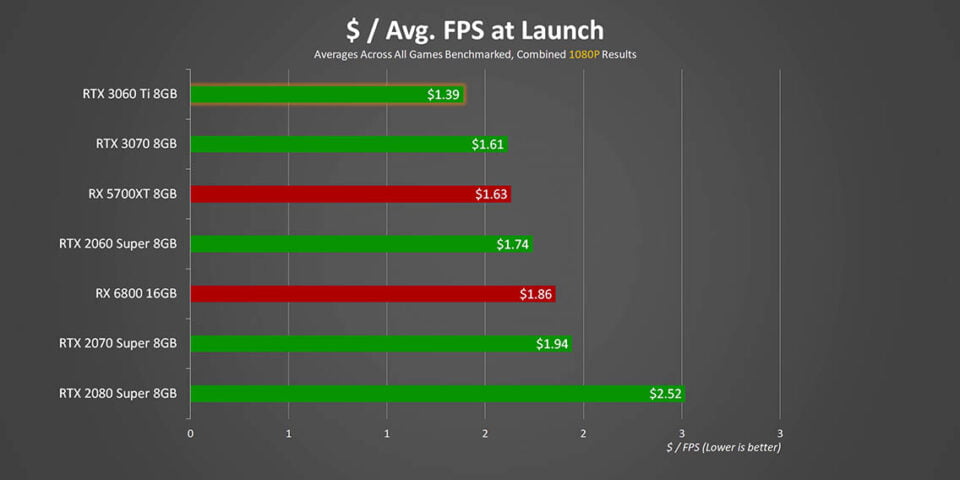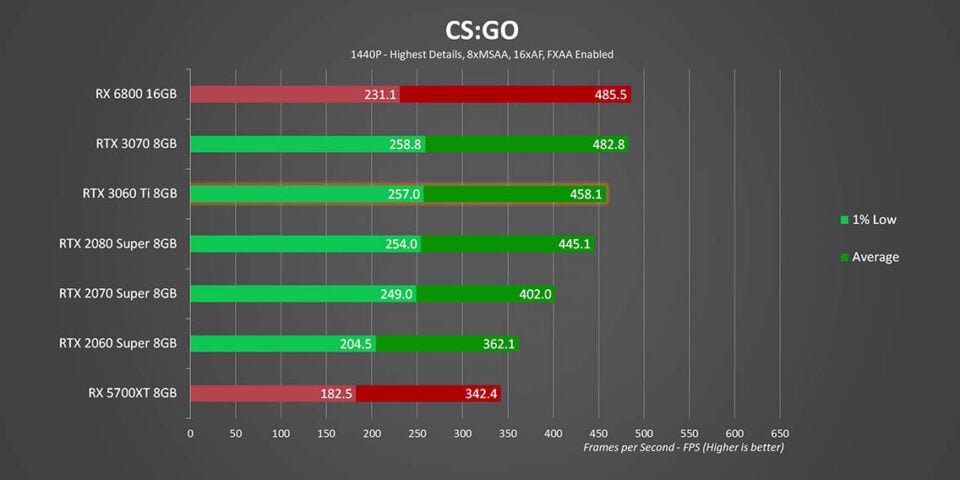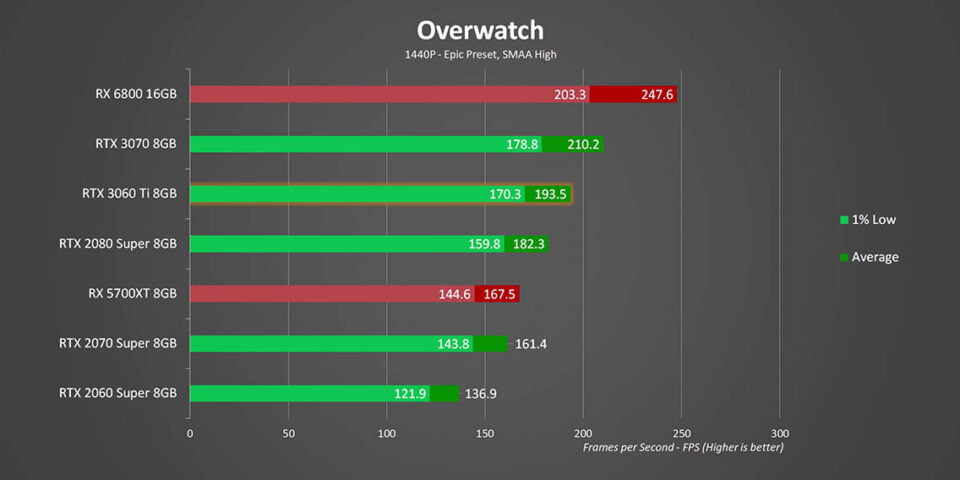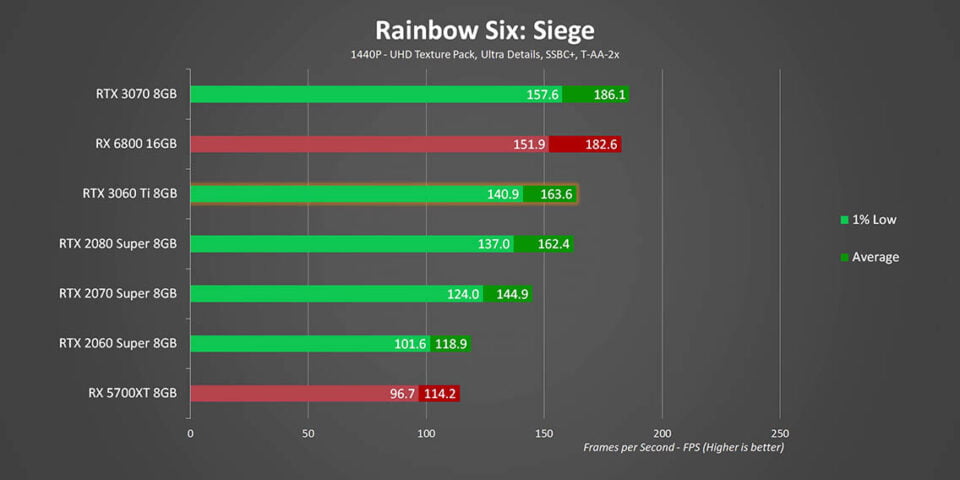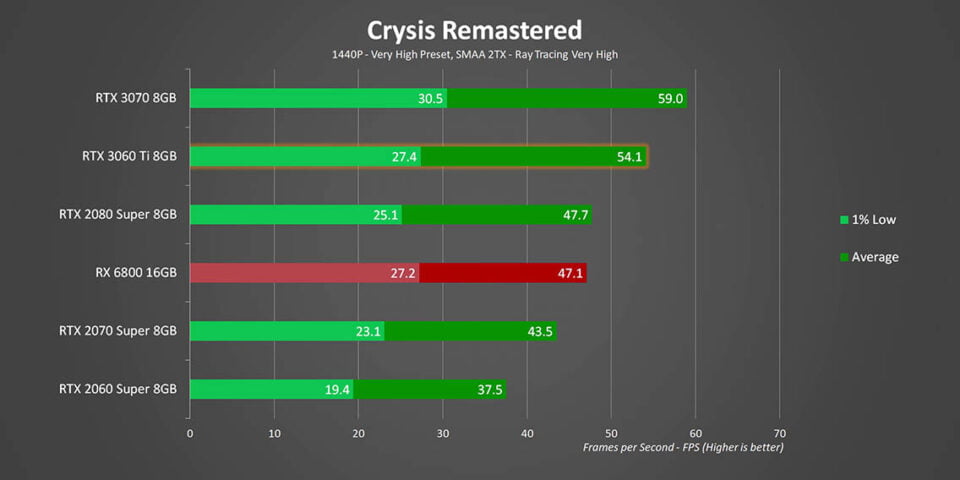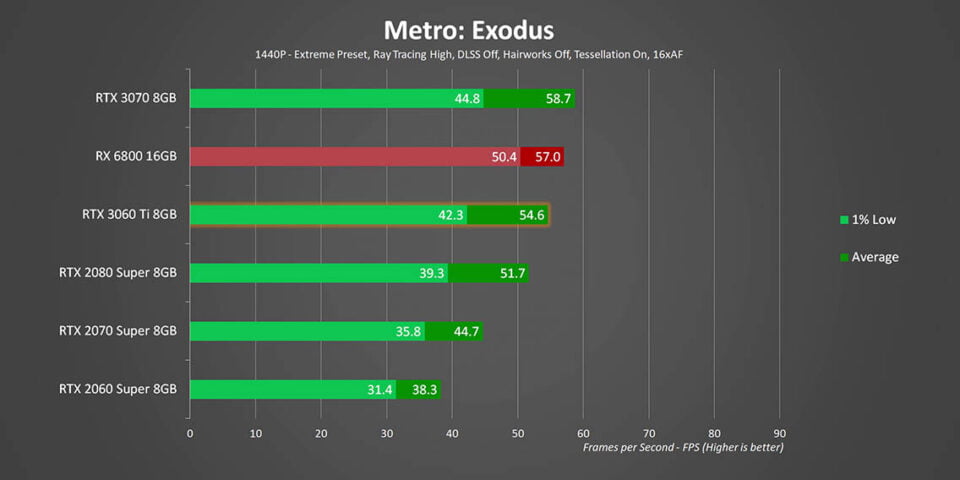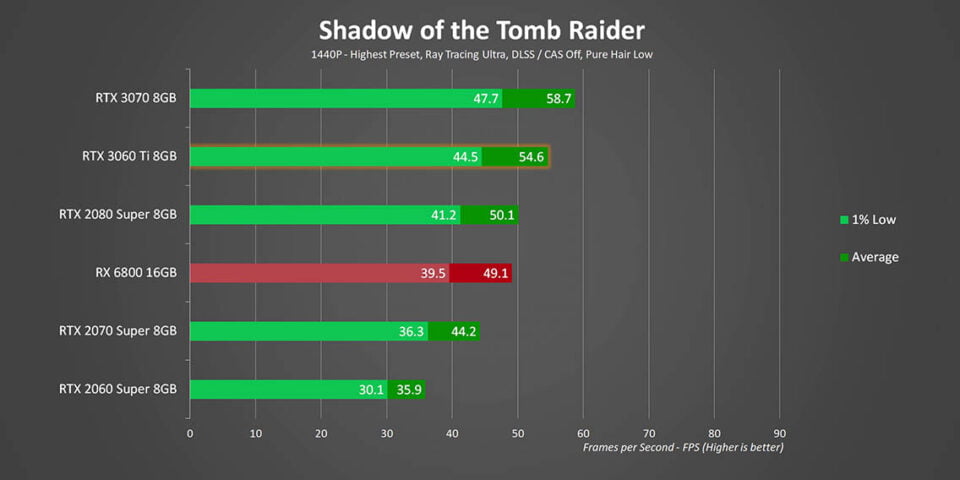RIP RTX 3070 – GeForce RTX 3060 Ti Review and Benchmarks

Share:
Table of contents
Unless you have been tuning into the news and rumors like our own Boot Sequence channel, this launch was probably a bit of a surprise. Everyone kind of knew that NVIDIA would eventually have lower price GPU’s available, just maybe not too soon and right in the middle of massive shortages as well. Either way, here we are with another new graphics card, and this time it’s called the RTX 3060 Ti. It is meant to replace one of the most popular GPUs of all time: The RTX 2060 series. Now NVIDIA is actually doing the right thing by allowing reviews to go live a day before this model actually goes on sale, so this should give you a little bit more time to see if it’s the right card for you. That being said, no launch these days would be complete without talking about the massive disaster we have seen with availability of pretty much every new product.
It is not just happening to GPU’s and I think people are understandably frustrated. A lot of people put their hopes into AMD’s RX 6800 series to fix things and that didn’t help either. In fact it looks like they screwed even more than NVIDIA did. As a result, the big result is how is the RTX 3060 Ti launch looking? Well the team actually reached out to our retail contacts to see if we could get just a rough idea on what the stock situation was going to look like. Supposedly some of them are going to have more cards for this launch than the RTX 3090, RTX 3080, and RTX 3070 combined. Others just said no additional cards will be available than for the RTX 3070 launch. It just seems like this launch is going to be all over the place, and from everybody that we have been talking to they expect it sell out right away. Luckily, this GPU should be restocked more frequently than the other cards. Either way, that is a situation that we are in right now, so why don’t we just get into this review.
Price & Specs
Let’s start off with the RTX 3060 Ti’s specs and pricing, because those will go hand in hand with how it performs against the RTX 3070. Both cards use the same GA104 core that is manufactured on Samsung’s 8nm process, but the RTX 3060 Ti gets 8 of its Streaming Multiprocessors disabled (so down to 38), and that leads to 4864 CUDA cores, 152 Texture Units, and 80 ROPs. Frequencies have also been reduced a bit in order to keep some more separation between it and the RTX 3070, but wait until you see the actual clock speeds that our sample hits… that is an interesting story that you will just see in a bit. On the memory side nothing has changed from the RTX 3070 to the RTX 3060 Ti, it still has access to 8GB of GDDR6. There is a law of diminishing returns here between trimming down the GPU core versus power consumption. Disabling almost 20% ends up leading to a reduction of just 20W, so for an upper mid-tier card this thing is a bit more power hungry than previous generations.
Now it should be pretty obvious that the RTX 3060 Ti is a direct replacement for the very successful RTX 2060 series. It has been launched at the same $400 USD price point as the RTX 2060 Super, so it’s good news that we aren’t seeing a huge jump in the price point, but don’t forget that the original RTX 2060 was launched at $350 USD. I think the big news here is what NVIDIA is claiming about its overall performance. You might remember that the RTX 3070 was supposed to beat the RTX 2080 Ti, but that didn’t really happen in every single game. This time though it’s a $400 graphics card that is supposed to beat the RTX 2080 Super, which was launched for a cool $700 USD.
I think it’s important to mention something about price creep too, because that is what we have been seeing since the RTX 2060 was launched. The GTX 1060 was priced between $200 and $300, depending on the variant, the RTX 2060 was priced at $350, and the RTX 2060 Super was $400. However, if you look at something like the Steam Hardware Survey, the GTX 1060 and the newer GTX 1660 series are some of the most popular cards ever produced, and they are still being rocked in a ton of gaming systems. Don’t let the 60 series model name fool you, because the newer Ti isn’t a replacement for those since it costs a whole lot more. It is more of an upgrade path for GTX 1070 users. I’m sure NVIDIA will be launching something in the $300 price range, so you should definitely wait for that instead of just jumping onto a GPU that’s just so much more expensive.
Size & Design
From a physical aspect this card looks a lot like the RTX 3070 Founder’s Edition, it dual-slot, 9.5 inches long, and it has the same mid-mounted custom 12-pin that you will need an adapter for. Overall I absolutely love the look and it’s also borrowing the same flow through heating design from higher-end NVIDIA GPU’s. The only difference with this one is instead of a gunmetal gray design running around the perimeter it is silver. Definitely expect to see tons of different board partner designs, most of which will absolutely be oversized because the bigger the card the better is their new logic.
Compared to the RTX 2060 and the RTX 2060 super you can see how NVIDIA has evolved their look. It has gone from mirrors and flashy looks on the previous design to something a lot more stealth looking, and I really love it. Now I have complained a lot about the power connector position on the RTX 3000 series, but it’s actually a lot better than the weird mounted one on the RTX 2060, which added to the card’s overall length and it meant it couldn’t be used in more compact small form factor cases.
Temperatures & Frequencies & Power Consumption
This heatsink design does a really good job on the hotter running RTX 3070, and it works super well here too. The interesting thing is clock speeds are well above the boost specs, but that is pretty much something that we expect with NVIDIA GPU’s. While the RTX 3060 Ti is supposed to run slower than the RTX 3070, it is actually above the 1875MHz mark, which we typically saw on the RTX 3070 Founder’s Edition. Most of the time it operated at 1915MHz, but there were some short intervals where it ran at almost 1950MHz. This could actually bring it a bit closer to the RTX 3070, than NVIDIA intended. The card is also super quiet and like all of the latest GPUs the fans completely turned themselves off during idle or low load periods. There is no coil wine or anything either, so that is nice.
Power consumption is probably the most important part for anyone looking to upgrade their system from an older GPU and perhaps a slightly lower wattage power supply, and yes the RTX 3060 Ti does consume quite a bit more than the RTX 2060 Super it’s supposed to replace. As a matter of fact, the numbers make it look a lot more like the RTX 2070 Super, and that is definitely something to take into account. I would recommend a good 550W to 600W power supply for this model. In our Power Consumption Over Time graph you can see how that power is spread out. It looks like there are quite a few instances where the RTX 3060 Ti hits close to the peaks we saw in last graph. It also spends more time in its upper power range than the RTX 2060 Super.
1080P Benchmarks
Before we get into the benchmarks let’s talk about the test system, and nothing really has changed from the RX 6800 review, but we are adding a bunch of other GPUs so everyone can get a better idea about where the RTX 3060 Ti lands right now. At 1080P this card’s performance is right in line with what NVIDIA said it would be. It cleanly beats the RTX 2080 Super in situations that aren’t CPU limited, and in all of our results it is behind in just one. Against the RTX 2060 Super… well it isn’t even close with the RTX 3060 Ti usually hitting between 25% and 45% higher frame rates. I mean, sure, there are some games that are bottlenecked even by our Ryzen 9 5900X, but overall this is pretty impressive. On average the RTX 3060 Ti is an absolutely winner against the RTX 2080 Super.
What impressed all of us the most was how close it is to the RTX 3070. Remember there is $100 separating these two cards, but only about 10% average frame rates. Also keep in mind that with a lower-end processor, this would be even closer. While paying $400 for a GPU is still a lot, there is no denying that NVIDIA has a winner on their hands from an overall value perspective. Our price-per-FPS chart is a pretty accurate snapshot of the situation right now, and the crazy thing here is that because of the incredible demand for GPUs all older cards in this chart are still on sale for their original launch prices or even higher in many cases.
1440P Benchmarks
Moving on to 1440P, the results are pretty much the same, but the RTX 3060 Ti is able to extend its lead by a bit versus the RTX 2060. Against the RTX 2080 Super the race tightens up here with the baby Ampere still staying ahead most of the time. With what we know about 1080P performance already there is really no crazy surprises here. Now the overall performance chart reads a lot like the 1080P one did, but with a few minor exceptions. First of all, the RTX 3070 jumps out a bit further ahead, since a lot of its CPU bottlenecks have been eliminated by moving to a high resolution. It is also pretty obvious that NVIDIA has accomplished a massive leap forward over the RTX 2060 Super GPU that was released about 14 months ago. Even though the RTX 3070 provides higher frame rates, the dollar per FPS value for the RTX 3060 Ti is still leading everything else. This is actually one of the best ratios we have seen and it makes me really, really excited to see what is being planned by both NVIDIA and AMD for the $300 USD price bracket.
The other thing I will quickly mention is that our value charts are based on current prices and not the jacked up ones that scalpers and retailers will probably charge for the RTX 3060 Ti. Not only that, but board partner cards are usually more expensive than the Founder’s Edition models, so that would lower their value even more despite the slightly higher clock speeds of the overclocked AIB models.
Ray Tracing Benchmarks
Now as a last top for this review, I want to touch on Ray Tracing performance. Here the RTX 2060 Super just falls apart while the 3060 Ti is still able to consistently stay above 10% faster than the RTX 2080 Super. A lot of this strength is due to the improvements NVIDIA made in their new generation RT cores, so at least in this situation you get mostly playable frame rates with Ray Tracing enabled, especially at 1080P. We will be covering DLSS performance very soon.
Conclusion
I’m just going to end this review by saying that NVIDIA nailed it with the RTX 3060 Ti. It almost hits RTX 3070 performance levels at much lower price, and that is good news for gamers who are on a tighter budget, but don’t kid yourself, this isn’t an inexpensive GPU by any stretch of the imagination. I also feel the same frustration as you all do, because this is a great card and chances are it will be in super short supply until 2021. Would I line up to buy one of these GPU’s? Probably not. Would I I add myself to a waiting list? No, but, but if you can find one for $400 USD and if you are looking for a GPU it within this price range this thing is a slam dunk. It’s just absolutely an amazing card for the price.
Buy items in this review from Amazon at the links below:
GeForce RTX 3060 Ti – https://geni.us/RTX3060TI
Lian Li O11 Mini – https://geni.us/O11MINI


